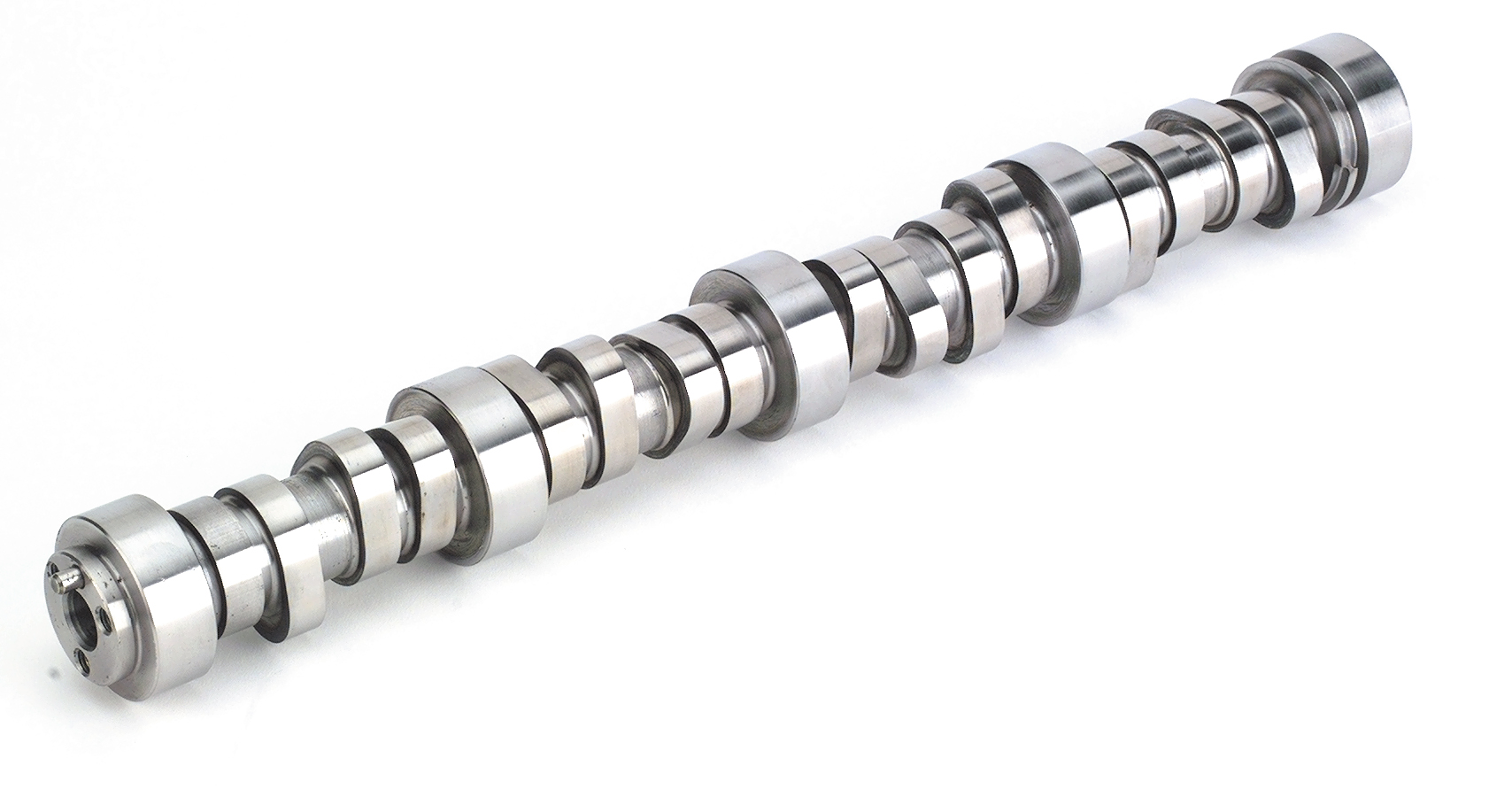When it comes to the world of automotive performance, camshafts might seem like they don’t deserve the spotlight. Yet, these compact components play a pivotal role in dictating how an engine breathes and performs. If you’re a performance enthusiast or simply tuning your ride for that extra edge, you’ve likely heard the debate surrounding roller cam and flat tappet camshafts. So, let’s dive into this fascinating topic and figure out which one might be the best fit for your engine’s needs.
First, let’s get acquainted with the two main types of camshafts: roller cams and flat tappet cams. Both have distinct characteristics that can influence not just performance, but also maintenance and longevity of your engine. Have you considered your driving style? Do you lean towards the daily commuter, or does your heart race at the thought of track days? The answer might just point us toward the right camshaft for your engine.
Understanding Flat Tappet Cams
Flat tappet cams have been around for a long time, serving as the original standard in camshaft design. They feature a simple design where the cam lobes are flat and directly contact the tappets, which in turn operates the valves. This straightforward mechanism allows for smooth operation and is often lauded for its affordable price point. That sounds appealing, doesn’t it?
However, flat tappet cams are not without their challenges. They require careful maintenance, particularly in the choice of oil, as they can wear rapidly without the right formulation. Traditional oils may cause premature wear, which is why many enthusiasts now advocate for high-zinc oils that mitigate this risk. Without this consideration, you’re essentially inviting engine degradation.
When it comes to performance, flat tappet cams tend to favor lower RPM ranges, providing a great torque delivery in the mid-range. For enthusiasts prioritizing daily drivability or working on classic builds, this could indeed be a significant consideration. Yet, are they truly competitive for those seeking peak performance? Let’s find out!
The Rise of Roller Cams
Now let’s turn our attention to roller camshafts. Characterized by their unique design, roller cams utilize a roller follower that minimizes friction between the cam and tappet. This innovative approach leads to several advantages that can elevate performance significantly. Imagine squeezing every bit of power out of your engine! Wouldn’t you want that?
One of the most significant advantages of roller cams is their ability to rev higher without the extensive wear and tear associated with their flat tappet counterparts. The reduced friction not only enhances durability but also improves performance across a broader RPM range. This means more horsepower and a more aggressive personality for your engine, allowing you to feel the thrill with every push of the pedal.
However, it’s crucial to weigh these perks against potential downsides. Roller cams usually come with a steeper price tag, both in terms of the camshaft itself and the associated components required for installation. Additionally, they may necessitate adjustments to your engine’s valvetrain due to increased lift, which adds further complexity to your build. So, are you prepared to navigate the intricacies of your engine’s configuration to tap into the performance benefits of a roller cam?
Performance Differences
As we analyze performance differences, it’s essential to recognize how the cam profiles affect engine behavior. Roller camshafts generally allow for more aggressive lift profiles, translating to an improved volumetric efficiency. This means the engine can effectively draw in more air and fuel, resulting in improved combustion. Conversely, the flatter profile of flat tappet cams may inhibit maximum airflow, thereby limiting ultimate power potential.
Consider this scenario: a well-tuned roller cam engine pulls strongly to a higher RPM, delivering impressive horsepower in a pulse-quickening manner. In contrast, a flat tappet cam may excel in delivering usable power in regular driving conditions, emphasizing torque at lower RPMs. Which driving experience resonates more with you?
Lifespan and Maintenance
When weighing the longevity of these two cam types, roller cams typically outshine their flat tappet cousins. With lower wear rates due to minimal friction, roller cams often promise a more extended lifespan, reducing the likelihood of mid-life engine rebuilds. Flat tappet cams, while still reliable, necessitate diligent oil choice and potentially more frequent inspections. Can you commit to the upkeep required for a flat tappet cam to ensure its durability?
Final Thoughts
Ultimately, the choice between a roller cam and a flat tappet cam hinges on your unique goals, driving style, and of course, your wallet. If your aspirations lie in thrilling high-performance builds or aggressive track days, the advantages offered by roller cams may well justify their higher cost and complexity. But don’t discount flat tappet cams entirely; their ability to provide accessible power and torque can be the perfect match for classic builds and daily drivers.
Whichever camp you find yourself in, understanding the nuances between roller cams and flat tappet cams empowers you to make informed decisions on your journey to automotive performance. So, the next time you fire up your engine, consider what lies beneath the surface, and remember that the flavors of performance can often come from the tiniest details! Happy tuning!
